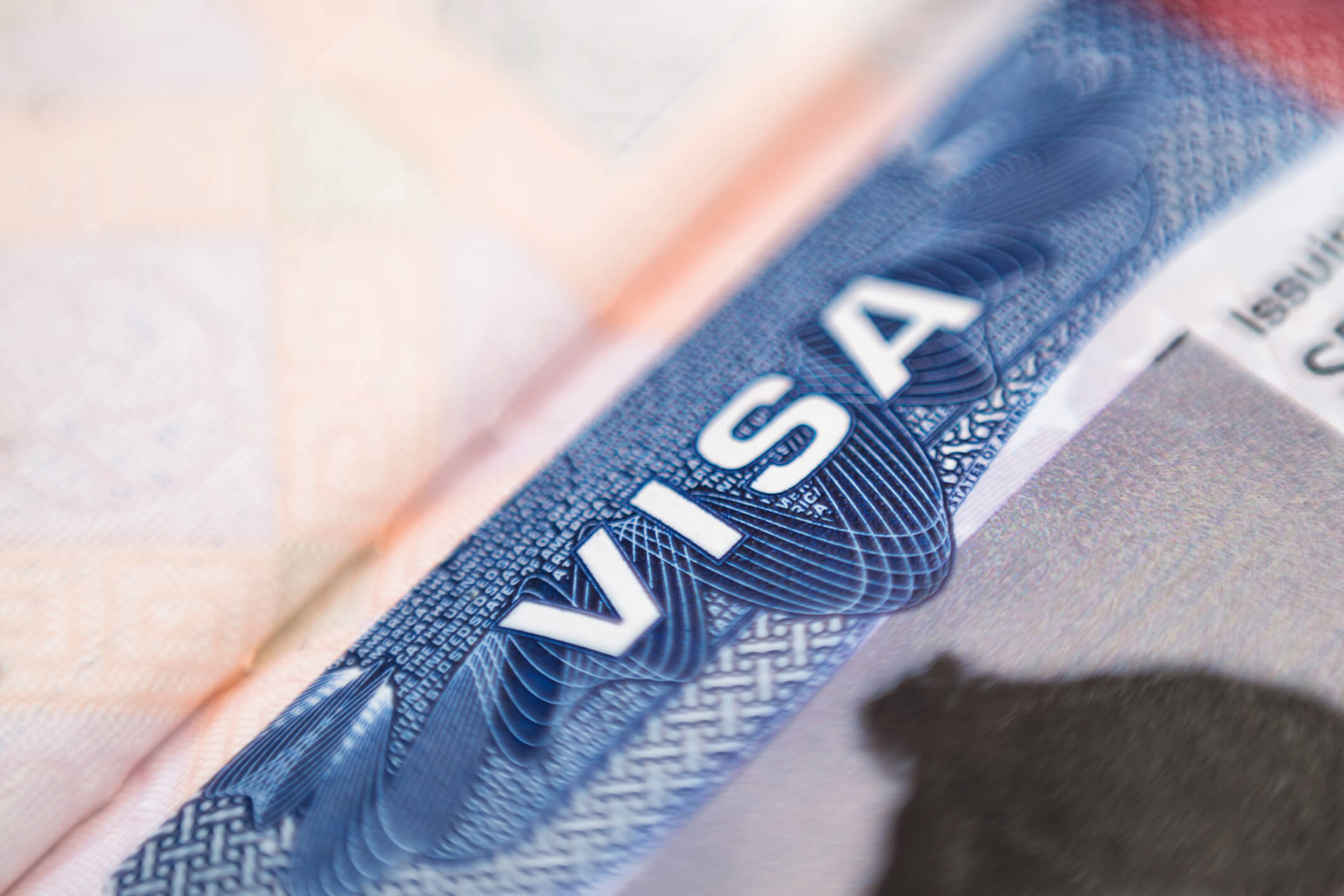The U.S. Department of State’s June 2022 Visa Bulletin reflects a significant advancement in the EB-2 India category. This has provided an opportunity for many applicants for permanent residence to move forward with the filing, adjudication, and approval of their I-485, Application[s] to Register Permanent Residence or Adjust Status, the final step in the green card process. While a positive development for many, this forward movement has also created a challenge for certain H-1B extensions. Employers are more frequently seeing situations in which employees who have previously been able to extend their H-1B status in three-year increments can no longer do so, or may only be eligible to extend their status for one year.
The American Competitiveness in the Twenty-first Century Act of 2000 (AC21) updated existing regulations regarding H-1B portability and allotment. These regulations also provide guidance on extensions of H-1B status beyond the six-year limit.
Generally speaking, an employee is eligible to extend his or her H-1B status beyond the six-year limit if he or she has reached a certain point in the green card process. Importantly, the employee may extend the H-1B status in three-year increments if the employee has an approved I-140 immigrant petition and the priority date for the employee’s country of birth is not current pursuant to the Visa Bulletin. Historically, there has been a visa backlog for Chinese and Indian nationals, allowing employees from these countries to rely upon these H-1B extension provisions to maintain their H-1B status until they are eligible to apply for adjustments of status.
Under AC21’s section 106(a), Special Provisions in Cases of Lengthy Adjudications, H-1B extensions of stay are also permitted beyond the sixth year, provided that 365 days or more have elapsed since either the filing of the labor certification, if required, or the I-140 petition. Section 106(b) of AC21 allows for extensions in increments of one year until U.S. Citizenship and Immigration Services reaches a final decision on the application for lawful permanent residence. In order to be eligible for such a benefit, however, within one year of the priority date becoming current the employee must file an I-485 adjustment-of-status application or have pursued an immigrant visa through consular processing. If there is retrogression, and the employee’s priority date is no longer current according to the Visa Bulletin, the one-year filing requirement resets. The exception to the one-year filing requirement is limited—the failure to file the I-485 adjustment-of-status application or pursue the immigrant visa abroad must have been beyond the control of the employee.
Given the length of the green card process, it was not uncommon for a foreign national employee to have had one U.S. employer initiate the green card process on his or her behalf and then later elect to change U.S. employers prior to receiving the green card. Based on past Visa Bulletin trends of slow movement, it was relatively safe for a foreign national to change employers once the I-140 was approved, assuming the individual was subject to the visa quota backlog, as this situation provided the ability to extend one’s status beyond the H-1B six-year maximum. The new employer could restart the green card process without the foreign national employee losing much time if the employee retained his or her priority date, given the lack of forward movement in the Visa Bulletin.
With recent forward movement in the Visa Bulletin, the analysis has become more complex. A foreign national employee who has reached the H-1B maximum period of stay in the United States may have an I-140 approval notice, but the employee may no longer be subject to the visa backlog. How long the priority date has been current and whether the foreign national employee took the additional required steps to finalize the immigrant process will need to be assessed. As a result, an employee with an approved I-140 petition may not be able to secure further extensions or may only be able to secure a one-year extension rather than a three-year extension. Employers may want to review this issue and consider its impact on new hires and existing foreign national employees to ensure that a new green card process is started timely to minimize the risk in this area.
Ogletree Deakins’ Immigration Practice Group will continue to monitor developments with respect to these and other policy changes and will post updates on the Immigration blog as additional information becomes available. Important information for employers is also available via the firm’s webinar and podcast programs.






